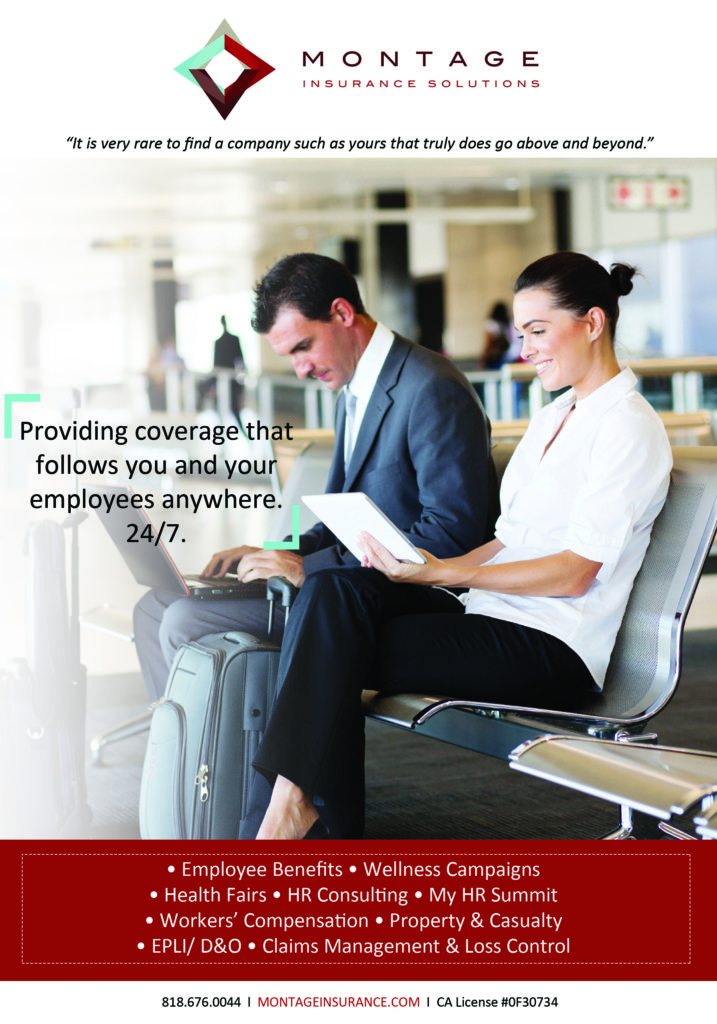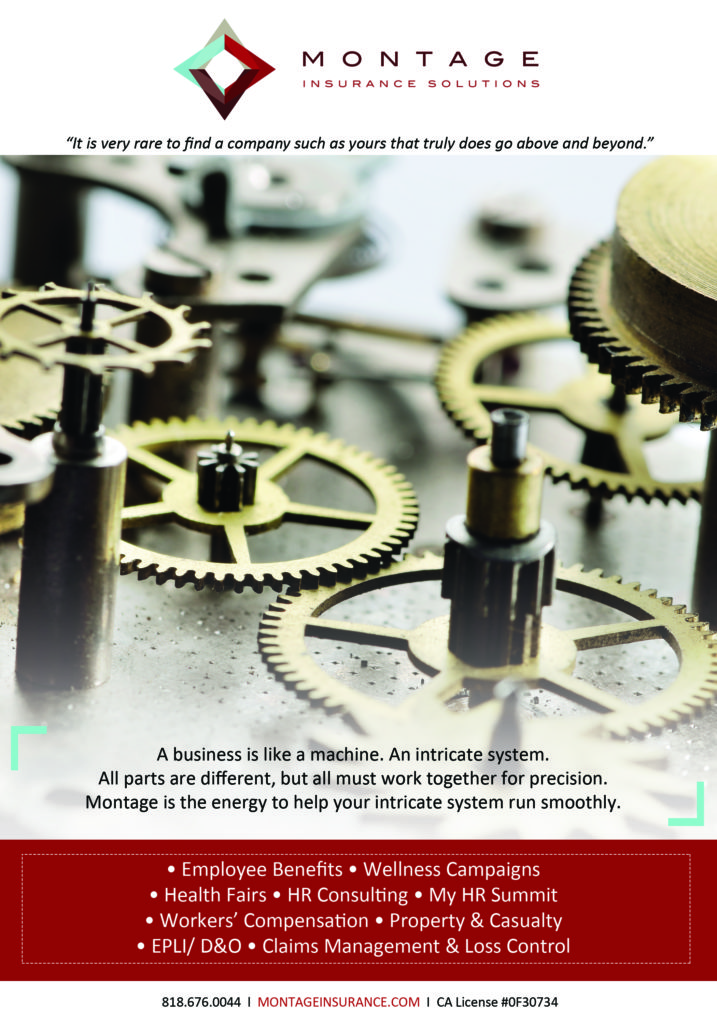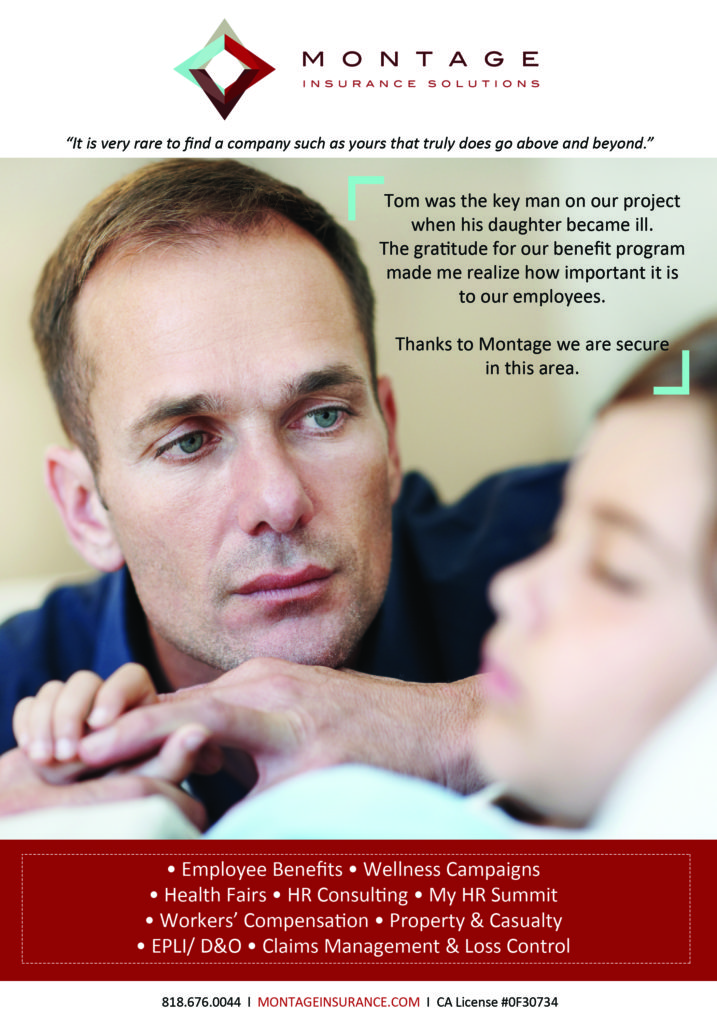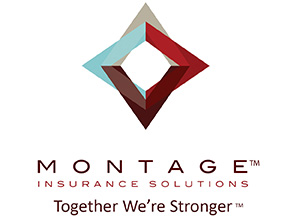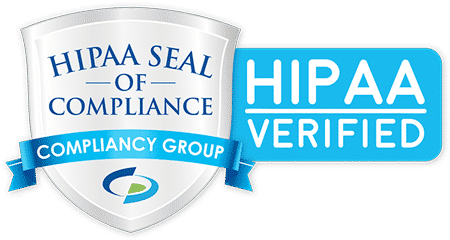Smart Business October Insight 2014
The 2015 Affordable Care Act transitional guidance — in laymen’s terms
By Tobias Kennedy
“As we head into 2015, I’m encountering several employer groups who are coming to me to make sure they know what needs to be done to stay compliant with the latest Affordable Care Act regulations,” says Tobias Kennedy, executive vice president at Montage Insurance Solutions.
Let’s assume you already know the broad strokes of the legislation. You understand the Employer Shared Responsibility (ESR) provision, which says if you add the total of your full-time employees plus your full-time equivalent employees and that equals 50 or more, you need to offer insurance — good insurance that doesn’t make your employees pay too much for coverage.
Your biggest questions now may concern clarifying some of the transitional pieces of the legislation.
Smart Business spoke with Kennedy to get a high-level look at the employer who is trying to pin down his or her needs for the rest of 2014 and the beginning of 2015.
What’s the first step to understanding transitional relief?
The transitional relief you get depends on your employee size, so it’s important to calculate that correctly. If you are unsure, there are good resources available, but you basically average the month-by-month totals for your full-time employees and add your full-time equivalents.
The good news is that 2014 has some ‘one time only’ relief where you can pick any continuous six months for the determination. In other words, you can do the calculation based on data from January through June, and take the remaining few months of 2014 to plan for what you need to do next year.
Once you’ve calculated your size, what are the rules?
If you have less than 50 employees, don’t worry at all — the ESR provision doesn’t apply to you.
If you have 100 or more employees, the rules begin for you in 2015, so be sure you’re offering affordable coverage. If you are offering coverage to at least 70 percent of your eligible employees, you’ll be considered compliant for 2015.
What about employers with between 50 and 99 employees?
This is really the most complex piece of the transitional guidance. Basically, if you meet a few conditions, you don’t have to worry about the ESR provision until your first renewal in 2016. Those conditions are related to your workforce size and benefits.
If you can check off each of the bullet points below, and you’re in this size range, you can hold off on being ESR compliance until your 2016 plan renewal:
- You did not reduce workforce just to qualify. You can reduce workforce for other reasons, but you need to be able to justify the reduction.
- You keep your in-force coverage the same or similar to what you had on Feb. 9, 2014, the day before they released this news. By ‘the same or similar’ they mean that when you look at the employee only tier of your benefits on Feb. 9, 2014, you either cover the same percentage of the cost or cover 95 percent of the same dollar amount. You can change the benefits themselves, such as co-pays, deductibles, carrier, etc. The government just wants you to keep the premium split in line and be sure that if any changes are made, the new plans are still above a 60 percent actuarial value.
Assuming you can check these boxes, it’s business as usual until your 2016 plan renewal without fear of penalties levied from the ESR compliance.

